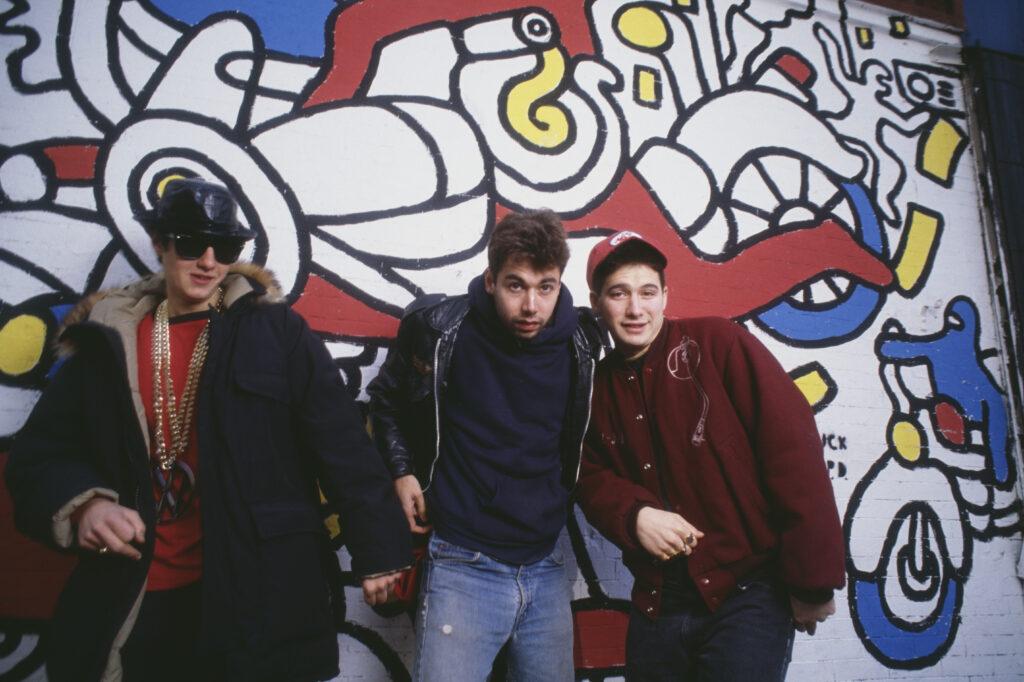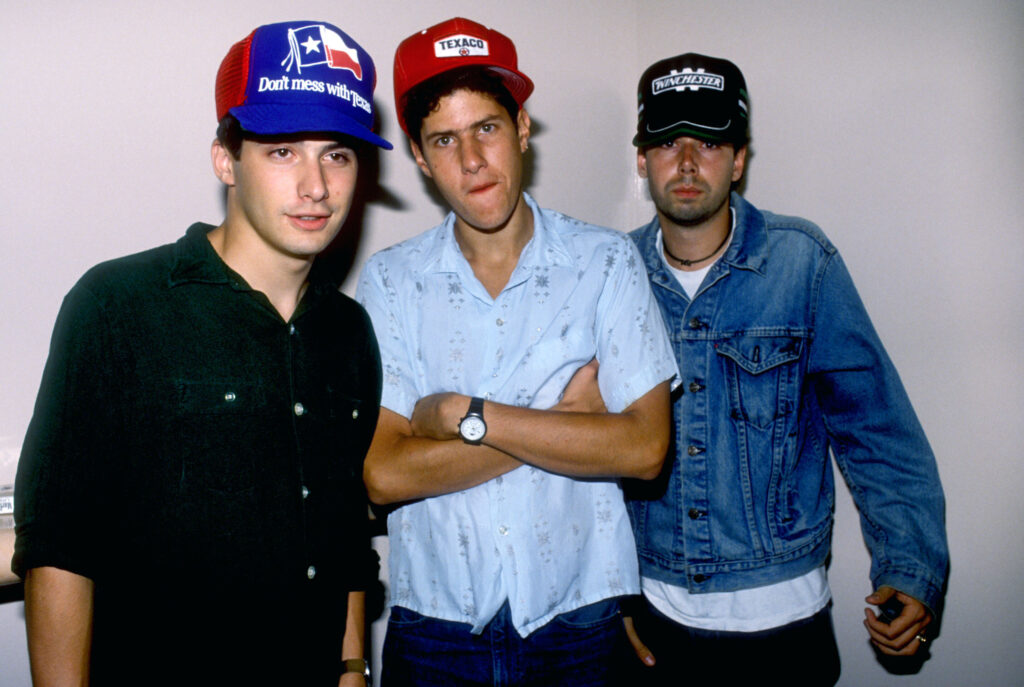Upon tossing in the headphones for Yeezus, the listener is immediately thrown into the intergalactic ballad of the retro video game distortion and menacing bars of “On Sight.” By 2013, Kanye West’s audience quite literally went beyond this planet. You had astronauts blasting his sound in a zero-gravity environment while the rest of the world admired the focused grandiosity of My Beautiful Dark Twisted Fantasy. Unsurprisingly, Yeezus’s headfirst focus on an unparalleled blend of electronic and hip-hop soundscapes didn’t initially connect with audiences. Twenty-four hours after its release, fans were calling it a flop. They were hoping for the old Kanye but didn’t get it. Instead, they caught him in the middle of a quarter-life crisis.
However, Kanye West’s Yeezus was never going to live up to the initial expectations of fans. My Beautiful Dark Twisted Fantasy was resoundingly met with 10/10 ratings. In addition, his studio efforts were stop-gapped with Watch The Throne and Cruel Summer with Jay-Z. Once a broke Chicago kid, Kanye West was now touring with his childhood idol in front of millions of lights. The reality? He was as mentally unwell as he’d ever been. That caused strife in Ye’s persona. On Yeezus, West harshly realizes that his endless pursuits weren’t aiding his baseline happiness. If anything, Hollywood was making him as hopeless as ever.
Yeezus Had A Poor Initial Reception
Yeezus was an emotional output of these feelings, featuring a level of honesty from West that we hadn’t seen since The College Dropout. His sixth studio album is an electric power grid, where he delivers some of his most saddening ballads to date. In many ways, it’s a continuation of the initial experimentation he tapped into on 808s & Heartbreak. However, he’s taking it even further. “New Slaves” is a confrontational protest to the systematic racism of the prison-industrial complex, where Kanye menacingly bars out amidst heavy distortion and loophole keys. “Hold My Liquor” is a self-deprecating indictment regarding Ye’s issues with alcohol. His level of drunkenness parallels his crumbling personal relationships.
Yeezus also got its hits in the form of “Bound 2” and “Black Skinhead.” Sampling The Ponderosa Twins’ “Bound” on the former, the discography-defining hit is an ironic contrast to the foreboding narratives of the project. The record reads as an interlude-esque outro, a sunny world that’s very much distinct from the distorted synthesizers of Yeezus. With My Beautiful Dark Twisted Fantasy, Ye was partaking in several iconic press tours. Making various outlandish statements, he visualized his most commercially successful record to date. Even if My Beautiful Dark Twisted Fantasy has been hailed a classic by Kanye loyalists, there wasn’t even one top-10 hit on the album. The eventual success of Yeezus is concrete proof that it’s almost impossible to predict commercial reception in the creative space.
Kanye West Is Painstakingly Vulnerable
At its core, Yeezus was all about audacious rule-breaking. He knew that fans would hate it. He knew that it likely wouldn’t stand with his most profitable endeavors. However, he made Yeezus for himself. That overarching purpose even shows up in the project’s surprising collaborative choices. Even if Rick Rubin and Daft Punk are famous producers, they’ve always had a knack for their turn-left personalities. There are also exciting once-and-comers like Hudson Mohawke, Young Chop, and Arca. The crew was a perfect fit, finding a way to deliver Kanye’s electric world in a somewhat cohesive manner. Of course, Yeezus is also blatantly inspired by the electronic classic that is Random Access Memories.
Kanye was a nerd growing up. Even if he were blending in with the gang-infused streets of Chicago, he would go home and exist in the solace of Akira. Yeezus directly reflects that world, a vulnerable project about a headspace that is sometimes downright nightmarish to exist in. It’s not his cohesive masterpiece, but it’s who he is. It was during the time of 808‘s release that Ye reportedly told VIBE, “I’d rather piss a bunch of people off and make myself happy than make everyone else happy and be pissed off inside.” With time, people have come to regard tracks such as “Blood On The Leaves,” “New Slaves,” and “Bound 2” as some of his greatest songs to date.
The post Kanye West’s “Yeezus” Turns 10 appeared first on HotNewHipHop.





